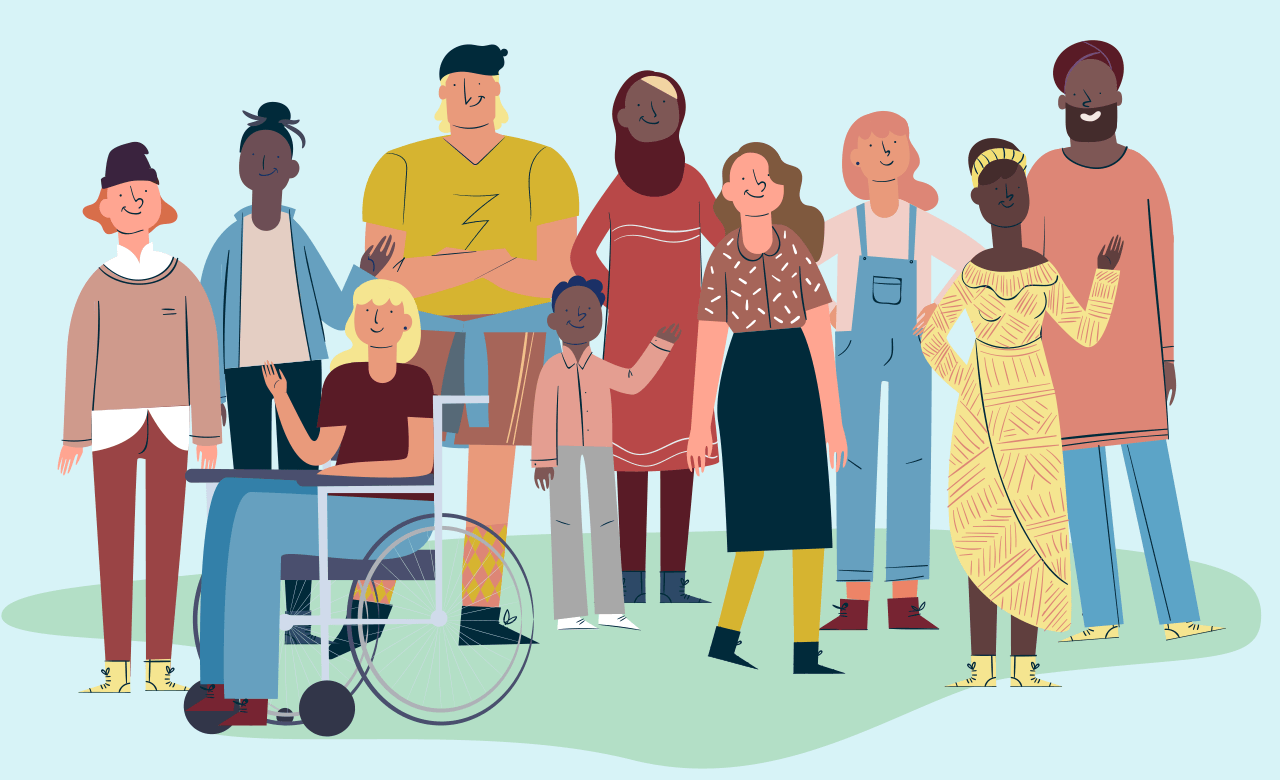May 2023 Leader Letter
The Habits of Inclusive Communicators
Empathy and self-awareness top the list.

Inclusive communicators know how to gauge their audience's sensibilities and share a message that will engage while ensuring that everyone feels equitably included. How do they do it? Here are some suggestions:
-
Develop an embracing attitude. It is hard to be inclusive when we consider our audience to be somehow “other”—that is, fundamentally different from us. To practice inclusive communication, you need to feel a sense of shared humanity with everyone in your audience, whether they are there in person or reading your words on a screen. Perhaps it's going too far to say that you need to love your audience, but it is vital to cultivate a general sense of warmth for them. The more you can cultivate a loving attitude toward the people around you, the less likely you will be to disrespect them inadvertently and use alienating language.
-
Consider your audience before preparing your message. To reach a diverse audience, consider their interests and sensitivities before composing your words. Allude to what matters to them, and they will pay attention. Remember that respect is the underpinning of all successful communication; If your audience feels you do not respect them or are talking down to them, their minds will slam shut. Value their strengths and honor their experience.
-
Choose your words carefully. Words referring to gender, race, creed, sexual orientation, gender identity, physical ability, and the like have the potential to make some people feel excluded and that is the last thing you want to do. For example, avoid mentioning gender when it is not relevant. There is no need to write female executive or lady boss. An executive is an executive, regardless of their gender.
Also, bear in mind that everyone in your audience might not have the same proficiency level in the language you are speaking. Keep your terms clear and straightforward and avoid using acronyms or unusual vocabulary. In general, if you are wondering whether it's appropriate to use a word or phrase, don't use it.
-
Become aware of your biases. It's difficult to see our biases because they are often unconscious. Notice if you automatically assume that a woman is in a support position or make other snap judgements about people—it might indicate an unconscious bias. Recognizing our unfounded assumptions is the first step to changing them.
Toastmasters can draw on the wisdom and experience of fellow club members to increase everyone's awareness of non-inclusive language or behaviors. Ask members to look for these usages, in your speeches and others'.
-
Use technical tools. Microsoft has released a helpful guide to avoiding biased language. In addition, Google Drive now includes prompts to reduce gendered language, such as replacing policeman with police officer. Grammarly also gives feedback on unnecessarily gendered language. Toastmasters can also take advantage of Toastmasters Yoodli, an artificial intelligence-powered feedback platform. In addition to reviewing speeches, the program also detects and comments on non-inclusive language.
-
Be authentic. By cultivating an embracing attitude, you will be better able to express yourself in a warm and inclusive manner. However, be sure to distinguish between being authentic and being unprofessional. You can “be yourself” without letting all your thoughts and feelings hang out. Maintain a professional tone in all business dealings. Authentic communication includes respect for readers and listeners.
Willingness to admit mistakes is crucial to authenticity. If you mess up, own it immediately. Perhaps you use a term that seems fine to you, but an audience member says that they felt uncomfortable about the usage. In these situations, it's best to apologize immediately for having unwittingly offended someone. Thank them for bringing the issue to your attention and promise to be more aware in the future.
Additional Resources:
The Habits of Inclusive Communicators
Reduce Communication Barriers for People with Hearing Loss
